Does Sunscreen Prevent Tanning? Understanding Its Role & How to Tan Safely
You’ve packed your beach bag, grabbed your favorite sunglasses, and slathered on that bottle of SPF everyone insists you need. But as you step into the glorious sun, a nagging question pops up: “If I’m wearing sunscreen, will I still tan? Or am I just wasting my time trying to get a golden glow?“
It’s a common confusion. Some people swear sunscreen stops all tanning dead in its tracks, while others boast about getting beautifully bronzed even with SPF 50. So, what’s the real truth? Does sunscreen completely prevent tanning, or can you actually achieve both sun protection and a healthy, sun-kissed look?
Let’s cut through the myths and dive into exactly what sunscreen does, how it truly affects your tanning process, and most importantly, how to get that coveted glow—without the painful burn or compromising your skin’s long-term health.
3 FREE Perfume Samples
We’ve recently created a Whatsapp group for beauty enthusiasts like you! To grow this community we temporarily offer 3 free perfume samples when you join!
Make sure to join asap, we’re running out of free samples soon! After joining, you can place an order and claim the random free samples.
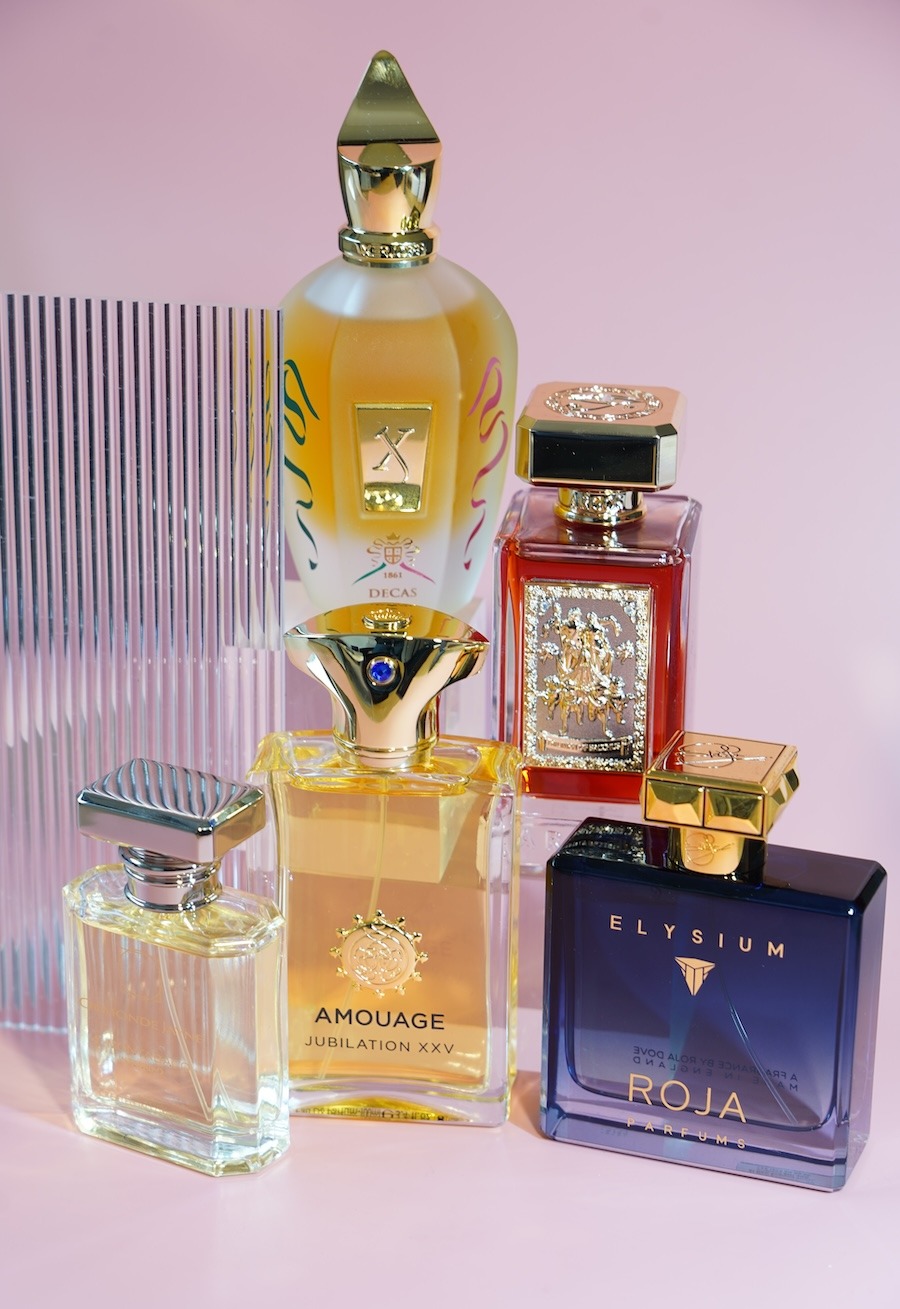
Understanding the Truth: Does Sunscreen Block Tanning Completely?
Here’s the honest answer: No, sunscreen does not completely stop tanning. It significantly slows down the process and reduces your risk of burning, but it doesn’t create an impenetrable force field against all UV rays. To understand why, we need a quick look at how tanning actually works:
The Science of Your Tan
Tanning is your skin’s natural defense mechanism. When ultraviolet (UV) rays penetrate your skin, they trigger your skin cells (melanocytes) to produce more melanin—the pigment responsible for skin, hair, and eye color. This melanin travels to the surface of your skin, darkens, and forms what we call a tan. It’s your body’s attempt to protect itself from further UV damage.
The Two Types of UV Rays
UVA Rays: These are the “aging rays” (UVA for Aging). They penetrate deeper into the skin layers, stimulating melanin production. UVA rays are primarily responsible for the immediate tanning effect and contribute heavily to premature aging (wrinkles, fine lines, sunspots) and long-term skin damage, including skin cancer.
UVB Rays: These are the “burning rays” (UVB for Burning). They primarily affect the skin’s surface and are the main culprits behind sunburns. UVB rays also contribute to tanning and significantly increase the risk of skin cancer.
Sunscreen works by either reflecting or absorbing a percentage of these UV rays, preventing them from reaching your skin cells. However, even the highest SPF won’t block 100% of them. This is why you can still develop a tan over time, even with SPF applied diligently.
Demystifying SPF: How Much Protection Are You Really Getting?
SPF (Sun Protection Factor) is a measure of how much UVB protection a sunscreen provides. It tells you how long it would take for your skin to redden from UVB rays compared to not wearing sunscreen. But “factor” doesn’t mean “complete block”:
- SPF 15 blocks approximately 93% of UVB rays.
- SPF 30 blocks approximately 97% of UVB rays.
- SPF 50 blocks approximately 98% of UVB rays.
- SPF 100 blocks approximately 99% of UVB rays.
As you can see, the difference in UVB protection between SPF 30, 50, and even 100 is quite small. There is no sunscreen that offers 100% protection. Even with SPF 50 or higher, a small percentage of UV rays still reach your skin, meaning your skin can still stimulate melanin production and tan—just at a significantly slower and, more importantly, safer rate.
Crucial Note on UVA: SPF only measures UVB protection. For broad-spectrum protection against both UVA and UVB rays (which is vital for preventing aging and long-term damage, not just burns), always look for sunscreens labeled “Broad-Spectrum.”
Your Skin Type & Tanning: A Genetic Blueprint
Your unique skin type plays a significant role in how easily and quickly you tan, even when wearing sunscreen. The Fitzpatrick Skin Type Scale is commonly used by dermatologists to categorize how different skin tones respond to sun exposure.
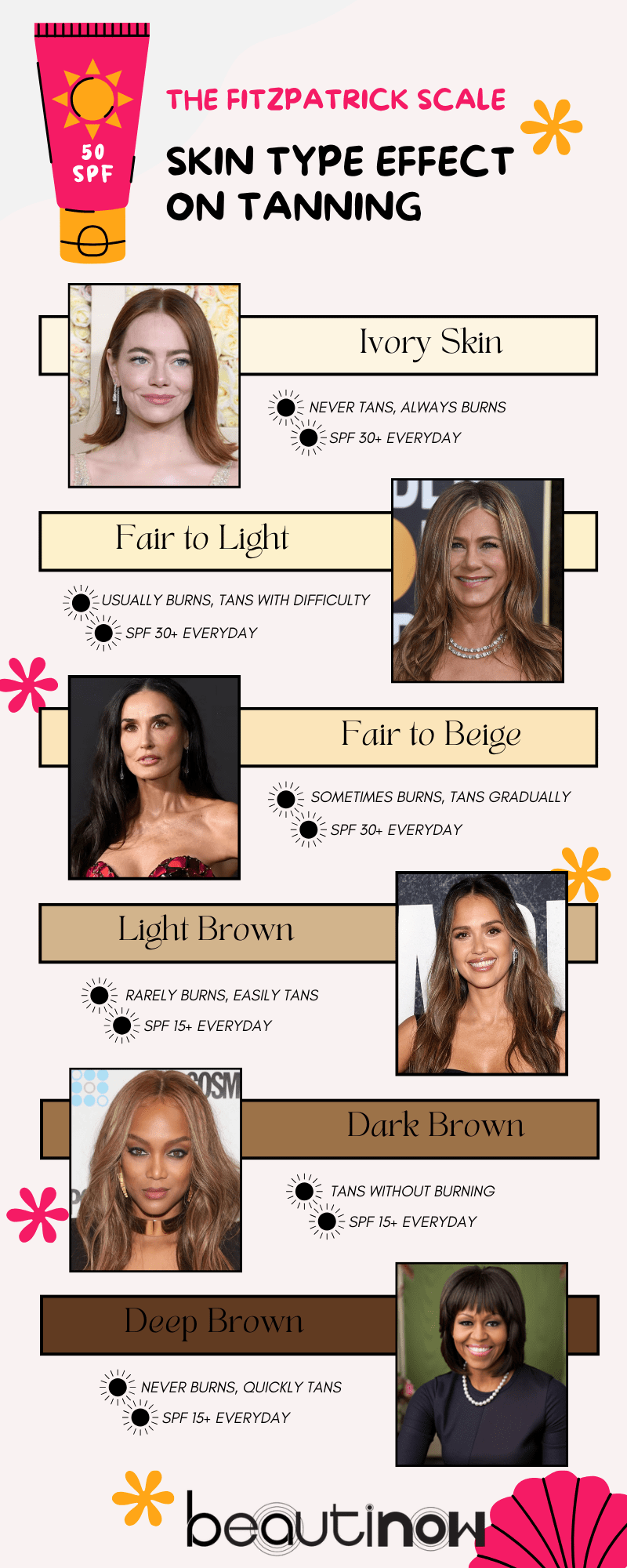
Regardless of where you fall on this scale, UVA rays still penetrate and cause long-term cellular damage, contributing to premature aging and increasing skin cancer risk for everyone. This is why daily sunscreen use is always necessary, no matter your skin’s natural ability to tan. The difference is simply in how quickly you might see a tan develop and how much consistent protection you need.
How to Achieve a Safe, Natural Tan While Wearing Sunscreen
If your goal is to develop a natural, golden tan without putting your skin at unnecessary risk, it’s absolutely achievable! The key is a smart, gradual approach that prioritizes skin health over rapid bronzing.
1. Choose the Right SPF for Balance (30-50 is Ideal)
The Myth: Many believe wearing high SPF prevents all tanning.
The Truth: Sunscreen simply filters out the excess UV exposure, allowing your skin to tan gradually and minimize burning.
Recommendation:
- SPF 30: Often considered ideal for achieving a tan while still offering robust protection (blocking ~97% of UVB).
- SPF 50 (or higher): Recommended for those with fair or sensitive skin, or if you’ll have prolonged exposure. It prevents burning while still allowing for gradual tanning, as the difference in blocked rays from SPF 30 to 50 is minimal.
Avoid: Anything below SPF 15 simply won’t offer enough protection against sunburn, premature aging, and the long-term risk of skin cancer.
2. Apply Sunscreen Correctly & Consistently
Quantity Matters: Don’t skimp! Use at least a shot glass (approx. 2 tablespoons) worth of sunscreen for your entire body for optimal coverage. For your face, a nickel-sized dollop is typically sufficient.
Pre-Exposure Application: Apply sunscreen 15-30 minutes before sun exposure to give it adequate time to absorb and form a protective barrier on your skin.
Reapply, Reapply, Reapply: This is critical! Reapply every two hours when outdoors, and even sooner (after 40-80 minutes) if you’ve been swimming, sweating heavily, or towel-drying.
Even Coverage: Ensure you cover all exposed areas evenly. Missed spots are prime targets for burns.
3. Limit & Strategize Your Sun Exposure
Gradual Approach: There’s a fine line between a golden tan and damaging your skin. The healthiest way to build a tan is slowly over time, allowing your skin to adjust without trauma.
Start Small: Begin with shorter sun exposure sessions, perhaps 30-60 minutes per day, especially if your skin isn’t accustomed to the sun.
Avoid Peak UV Hours: The sun’s UV rays are strongest and most damaging between 10 a.m. and 4 p.m. Schedule your outdoor activities (and tanning efforts) before or after these peak hours.
Seek Shade Periodically: Don’t bake in the sun all day. Take breaks in the shade, especially during peak hours, to prevent overexposure and burning.
4. Prioritize Gradual Tanning for Lasting Results
Slow & Steady Wins the Race: Trying to get a deep tan too quickly almost guarantees a burn, which will lead to peeling, unevenness, and a tan that fades rapidly. The healthiest and most beautiful tans develop slowly and last longer because your skin isn’t damaged.
Cumulative Exposure: Aim for shorter, consistent sun exposure sessions over several days rather than one long session. This allows your melanin production to build naturally without triggering a burn response.
5. Hydrate & Nourish Your Skin (Inside & Out!)
Drink Water: Tanned skin can lose moisture faster. Staying well-hydrated by drinking plenty of water throughout the day helps prevent dryness and peeling, keeping your tan looking smoother and fresher.
Moisturize Regularly: Use a good after-sun lotion or a hydrating body moisturizer (especially one with ingredients like aloe vera, hyaluronic acid, or ceramides) to keep your skin supple and maintain your glow.
Gentle Exfoliation: Lightly exfoliate your skin once a week. This helps remove dead skin cells that can make a tan look dull or uneven, allowing your healthy, tanned skin to shine through.
Top 10 Skincare & Bodycare products
Below you can find the most popular skincare products right now on Beautinow.com.
What About Tanning Oils? The Risks You Need to Know
Many people reach for tanning oils to “enhance” their tan, but extreme caution is advised here.
- The Danger: Most traditional tanning oils either lack any SPF or contain very low SPF (like 4 or 8). While they might help you achieve a quicker tan by allowing more UV exposure, they dramatically increase your risk of severe sunburn, accelerate skin aging, and significantly raise your risk of skin cancer.
- Beware of “Natural” Oils: Using standalone oils like baby oil, coconut oil, or olive oil without added SPF is particularly dangerous. They act like magnifying glasses, intensifying UV damage without providing any protection.
- Safer Alternatives: If you want to use a tanning enhancer, choose one that clearly states it has at least SPF 15-30 built in. There are also SPF-infused tanning lotions or gradual self-tanners that can help deepen your skin tone while still providing essential UV protection.
Can You Still Tan in the Shade or With Cloud Cover?
This is another common myth! Many people assume that if they’re under an umbrella or if it’s cloudy, they’re completely safe from UV rays and tanning. This is far from the truth.
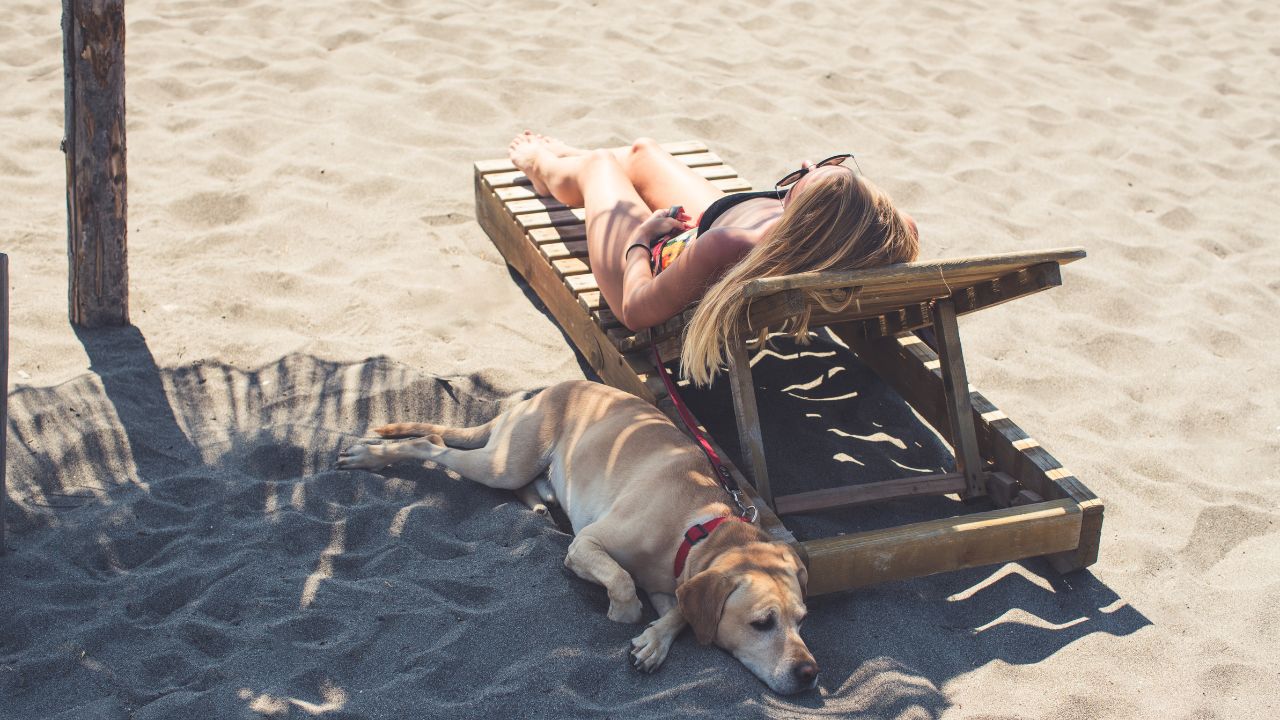
- UV Rays Penetrate Clouds: Up to 80% of UV rays can still pass through clouds. So, even on an overcast day, you are still getting significant UV exposure.
- Reflection is Real: UV rays also reflect off surfaces like sand, water, snow, concrete, and even grass. This means you can absolutely get a tan (or a sunburn!) even if you’re sitting in the shade under an umbrella, as reflected rays can still reach your skin.
- Stay Protected: If you’re trying to tan safely, spending some time in the shade is wise to prevent overexposure, but it does not eliminate the need for sunscreen or mean you won’t tan. Always apply SPF regardless of shade or cloud cover if you’re outdoors.
What About Tanning Oils?
Many people use tanning oils to enhance their tan but be cautious. Some tanning oils lack SPF or contain very low SPF (like 4 or 8), which increases your risk of burning. If you want to use a tanning oil:
- Choose one with at least SPF 15-30 for some protection.
- Avoid baby oil or coconut oil alone, as they intensify UV damage without protection.
For a safe alternative, try SPF-infused tanning lotions, which help deepen your tan while still providing UV protection.
The Bottom Line: Healthy Glow, Healthy Skin
Ultimately, a slow, sun-safe tan that develops with consistent SPF use is always the healthiest, most beautiful, and longest-lasting option. It respects your skin’s natural defenses while allowing for a gradual, natural glow. Remember, a tan is great, but damaged, prematurely aged, or unhealthy skin is never in style.
Prioritize protection, be smart about your sun exposure, and enjoy that radiant, healthy complexion for years to come!
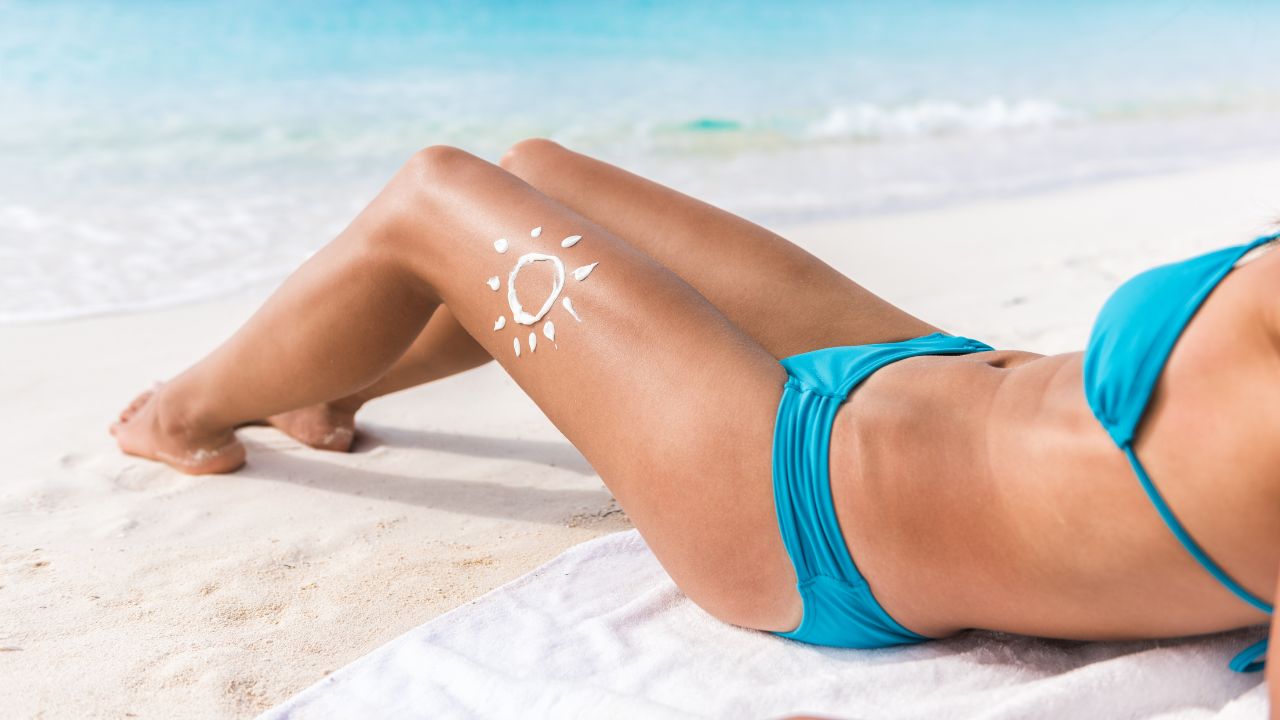
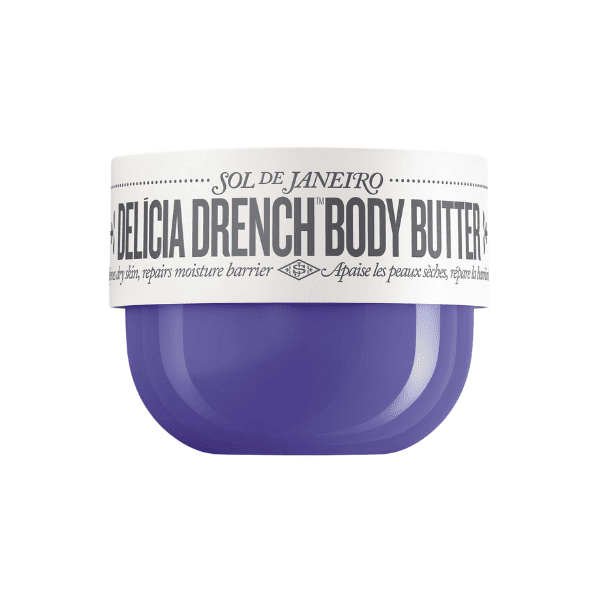
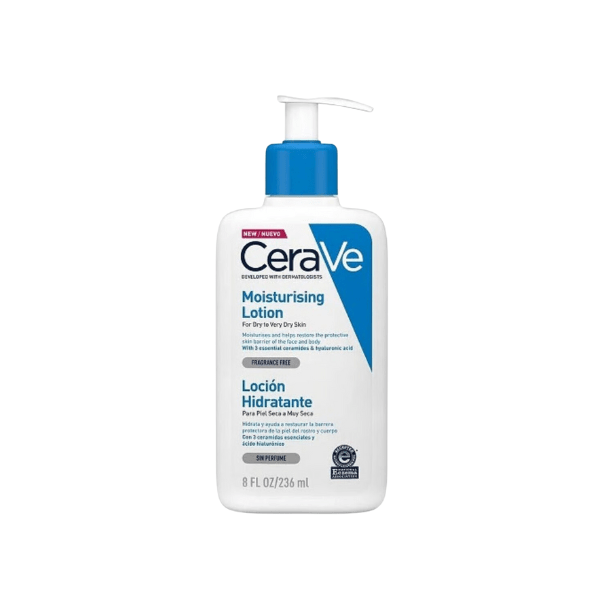
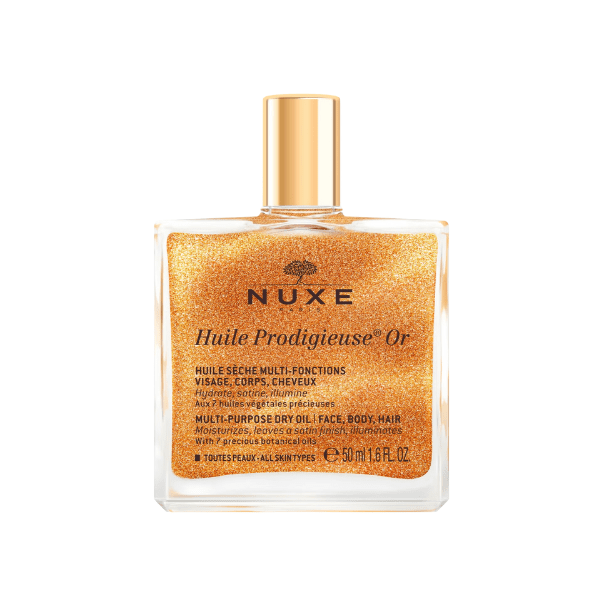
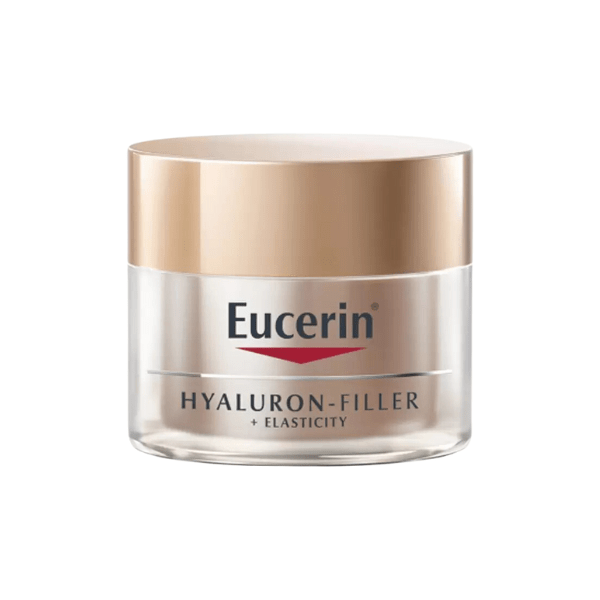
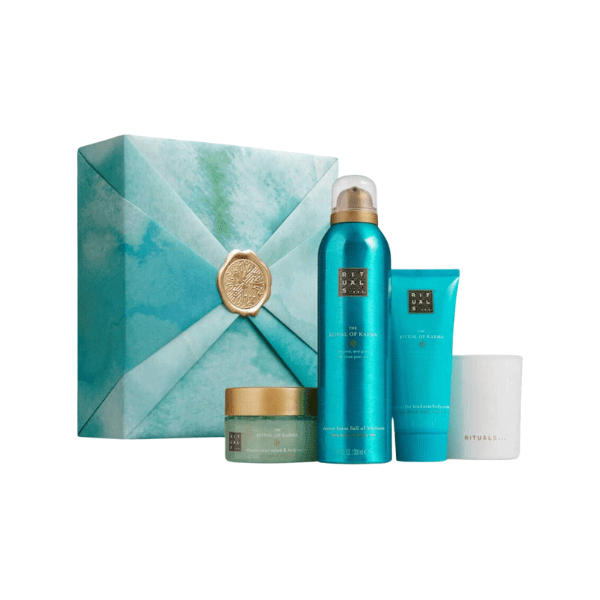
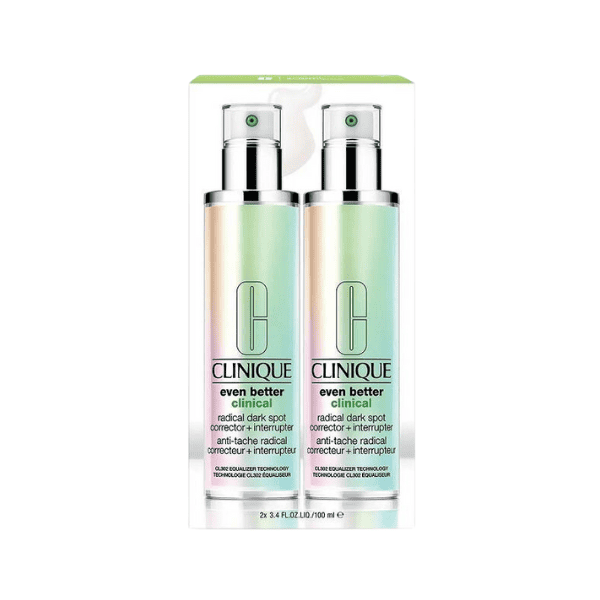
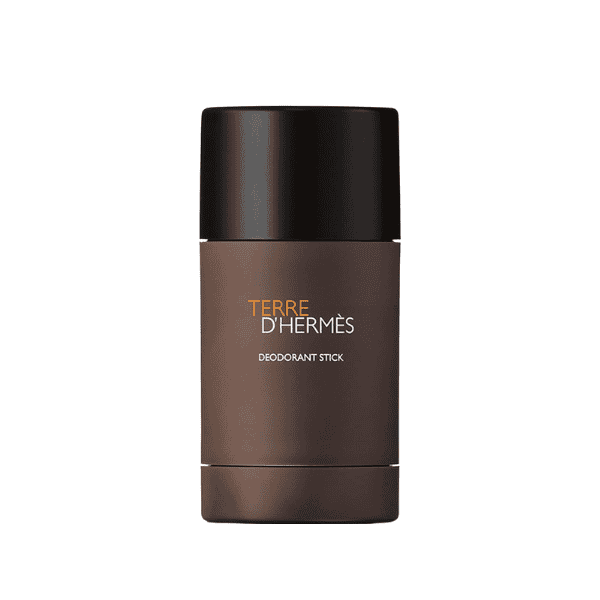
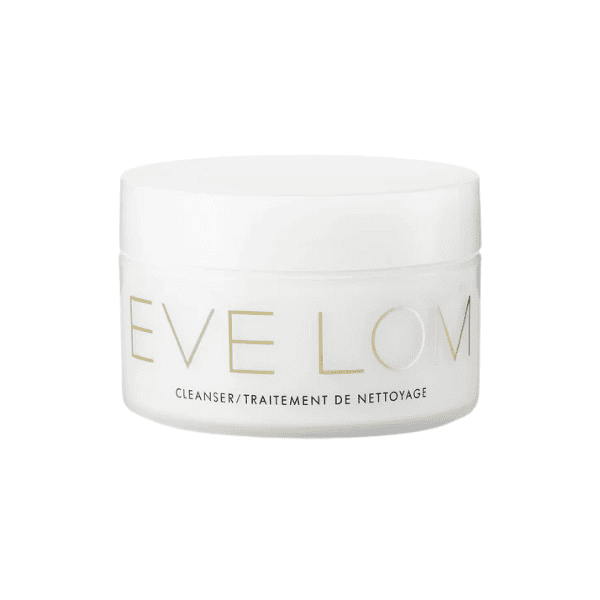
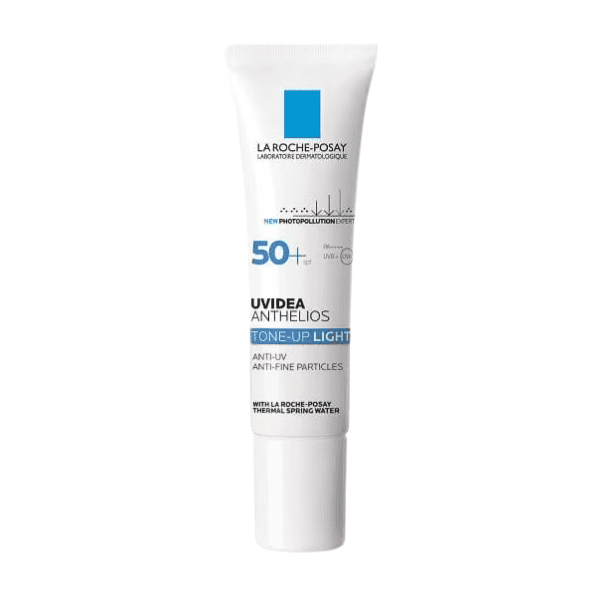
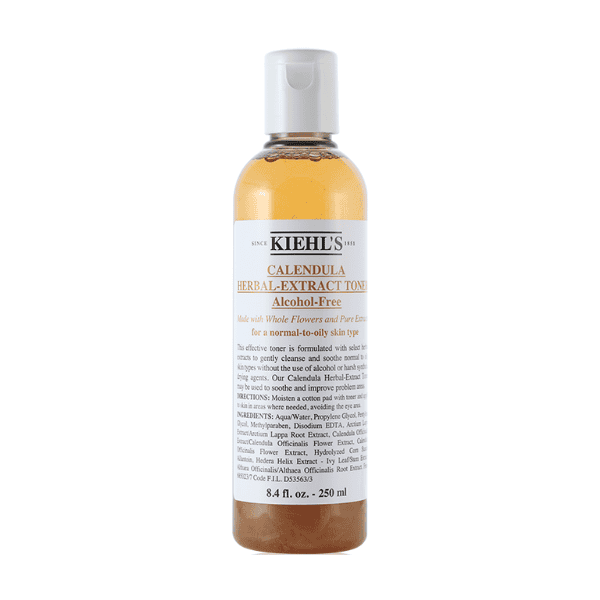
One Comment